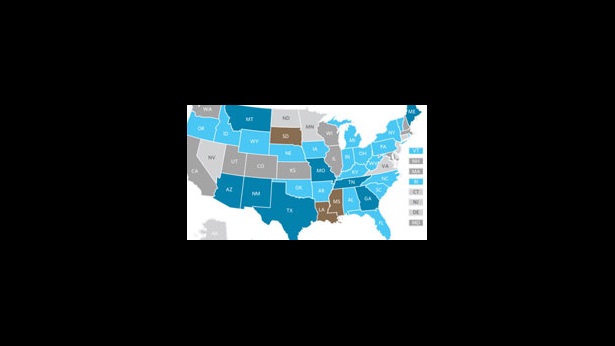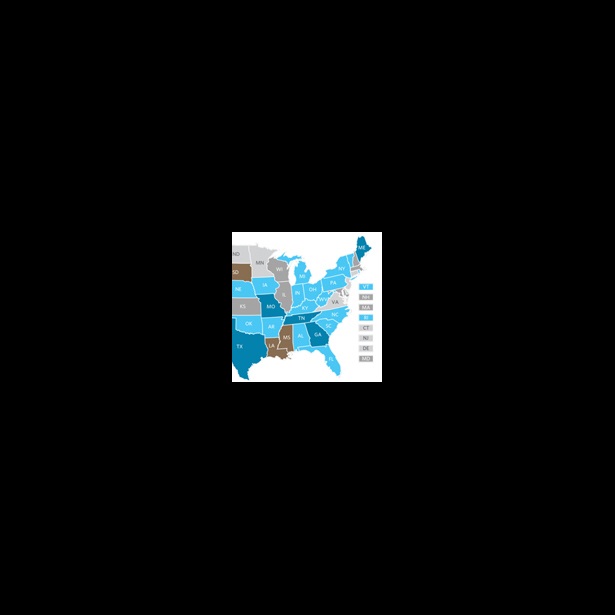Children’s Health Insurance Program Funding and Structure Vary Significantly by State
Congressional decisions could affect state finances, children’s access
The State Children’s Health Insurance Program (CHIP) is a joint federal-state program providing health coverage to low-income children in families whose incomes are too high to qualify for Medicaid. Like Medicaid, CHIP is funded through a combination of state and federal dollars, but unlike Medicaid, federal funding for CHIP is capped. Despite those limits, Congress has generally provided sufficient funding in recent years for states to operate their programs. Federal policymakers did not renew CHIP funding by the Sept. 30 reauthorization deadline, and states are now confronting the possible effects on their programs of this congressional inaction.
Over the past decade, federal allotments for CHIP have grown—mainly because of increasing enrollment—but that funding has differed widely across states. Overall, federal grants to states for CHIP totaled $15.7 billion in fiscal year 2017, more than twice the $6.9 billion provided in fiscal 2008 after adjusting for inflation. But per capita funding levels ranged from $21 in Minnesota to $106 in Mississippi.
For every dollar of fiscal 2017 CHIP funding, the federal government was responsible, on average, for 94 cents, and states for 6 cents. However, on a state by state basis, the federal share ranges from 88 to 100 cents on the dollar. These matching rates, which are higher than those for Medicaid, were temporarily increased by 23 percentage points through fiscal 2019 (up to 100 percent in 11 states and the District of Columbia) under the Affordable Care Act.
Although CHIP is administered according to federal rules, states have significant flexibility in determining details such as premium levels; benefits; or whether to operate the program as an expansion of Medicaid, a separate program, or a combination. Though states can operate their CHIP programs differently, they could face financial strain as a result of the failure to reauthorize the program in a timely manner or cuts to federal allocations. A loss of or delay in funding could make it difficult for states to continue their CHIP programs in their current form and could result in tighter eligibility restrictions or other policy changes that could limit access to coverage for low-income children.
Note: The federal portion of CHIP expenditures in each state is based on a formula that builds on the Federal Medical Assistance Percentage (FMAP), the federal guidelines used to determine the distribution of Medicaid funding. CHIP’s formula is called the enhanced FMAP and reflects each state’s average per capita income relative to the national average and takes into account states’ child population growth, prior spending on CHIP, and medical inflation. FMAP percentages displayed are rounded to the nearest percent.
Source: Pew analysis of data from Federal Funds Information for States, “FFIS Grants Database,” accessed August 2017, https://www.ffis.org/database; Census Bureau, “American FactFinder: Annual Estimates of the Resident Population: April 1, 2010, to July 1, 2016,” https://factfinder.census.gov/faces/tableservices/jsf/pages/ productview.xhtml?src=bkmk; Medicaid and CHIP Payment and Access Commission, “Exhibit 6: Federal Medical Assistance Percentages (FMAPs) and Enhanced FMAPs (E-FMAPs) by State, FYs 2014–2018,” https://www.macpac.gov/ wp-content/uploads/2015/01/Exhibit-6.-FMAP-and-E-FMAP-by-State-FYs-2014-2018.pdf
Phillip Oliff manages and Rebecca Thiess is a senior associate with The Pew Charitable Trusts’ fiscal federalism initiative.














